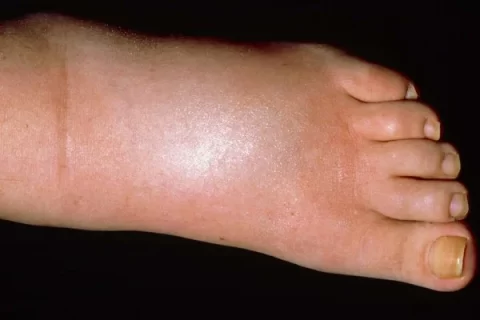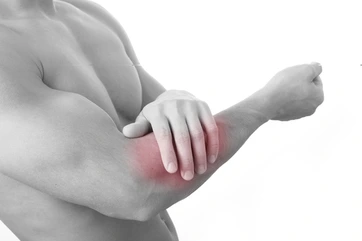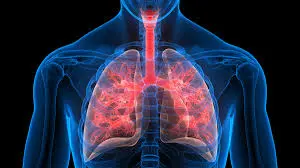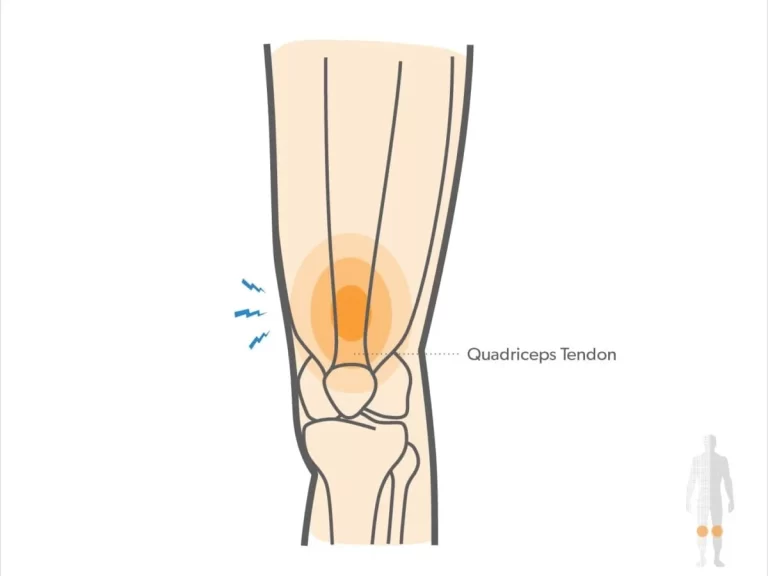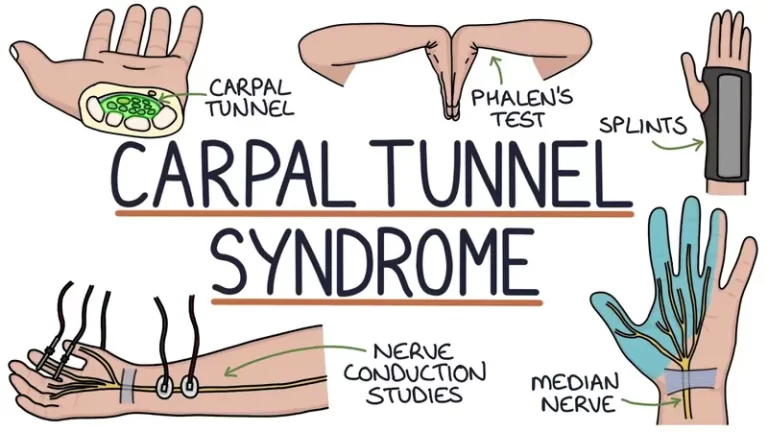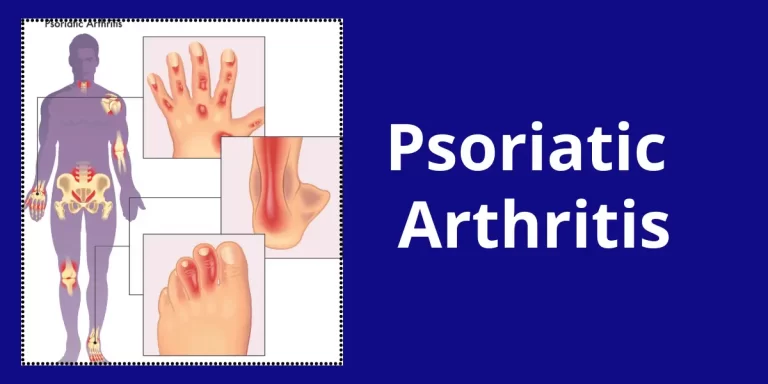Non-Pitting Edema
What is a Non-Pitting Edema?
The term “non-pitting edema” describes swelling that is unaffected by pressure. For instance, you can have non-pitting edema if you have swollen leg and prodding the area doesn’t leave an imprint.
The medical term for swelling caused by excess fluid is edema. Edema can be caused by a variety of factors, including thyroid disorders and warm temperatures.
Edema is typically categorized by doctors as either pitting or non-pitting. Non-pitting edema is defined as when you press a swollen spot with your finger and it doesn’t result in an indentation in the skin.
Pitting vs. non-pitting edema:
Areas with pitting edema respond to pressure, commonly from a hand or finger. For example, when you press on the skin with your finger, it’ll leave an indentation, even after you withdraw your finger. Problems with the liver, heart, or kidneys are frequently indicated by chronic pitting edema. It may also indicate an issue with the veins in the area.
In contrast, pressure does not result in any permanent indentation when applied to non-pitting edema. It is frequently an indication of a thyroid or lymphatic system disorder.
Causes of non-pitting edema?
Lymphedema
A condition known as lymphedema occurs when there is a blockage that prevents lymph fluid from draining normally. It frequently occurs as a side effect or as a result of surgery. It can also be inherited.
Swelling results from the accumulation of lymph fluid that cannot drain. Both pitting and non-pitting lymphedema are possible.
Myxedema
Myxedema is a disorder that some persons with severe or advanced hypothyroidism experience. Although it usually results in swollen legs and feet, it can also induce swelling in the lips and eyelids. In certain instances, it may also result in enlargement of the tongue.
Lipedema
The growth and proliferation of fat cells in lipedema results in greater fluid retention surrounding the cells, causing non-pitting edema that is frequently unpleasant or uncomfortable. It nearly exclusively affects women and typically affects the legs and feet.
Symptoms of Non-Pitting Edema?
When swelling does not leave a pit when pressure is applied, it is referred to as non-pitting edema. Among the symptoms are:
- When squeezed, firm, swollen skin that does not imprint
- The affected area’s stiffness or tightness
- thickening or solidification of the skin (fibrosis in chronic situations)
- Discomfort or pain in the enlarged region
- Reduced range of motion if the edema affects joints
- Shiny, stretched, or discolored skin in severe situations
- It frequently happens in diseases such chronic inflammatory disorders, myxedema (severe hypothyroidism), and lymphedema.
How is it diagnosed?
Your doctor can conduct a number of things to find out why you are experiencing unusual swelling. In order to determine if your edema is pitting or not, they will probably begin by applying pressure to the affected area.
They might employ lymphoscintigraphy if you recently had a lymph node removed. This imaging examination examines the flow of fluid through your lymphatic system using a radioactive material. With a simple physical examination, they might be able to identify lymphedema based on your medical history.
Along with measuring your thyroxine (T4) and thyroid-stimulating hormone (TSH) levels, they might also do a thyroid function test. Myxedema is caused by hypothyroidism, which is shown by low T4 levels and high TSH. You might not require additional testing to diagnose myxedema if you have previously been diagnosed with hypothyroidism.
Because lipedema doesn’t usually appear on imaging testing, diagnosing it might be challenging. Rather, your physician will probably check you for physical symptoms like:
- Easy bruising
- Tenderness
- Unaffected feet
- Excess weight that is unresponsive to exercise or nutrition.
How is it treated?
Compared to pitting edema, non-pitting edema is typically more difficult to treat. Elevation and diuretics work effectively for pitting edema since it is frequently caused by excess water. Drainage is more challenging in non-pitting edema, which is typically caused by sources other than fluid.
Lymphedema treatments
Complex decongestive therapy typically works effectively for lymphedema (CDT). This includes:
- Applying bandages to the area and gently massaging it to promote fluid circulation and open up lymphatic capillaries
- Keeping the affected area hydrated by adhering to a skin care regimen
- Exercising frequently while wearing compression clothing.
Lipedema treatments
- Although lipedema has no known cure, many people discover that CDT effectively relieves its symptoms. Early-stage lipedema may also benefit from lipectomy, a kind of liposuction.
Myxedema treatments
- Medication, such as levothyroxine, a synthetic T4 hormone, is typically necessary for myxedema. This will assist in bringing your thyroid hormones back into equilibrium. Remember that the effects of this treatment could not be seen for a few weeks.
Complications of Non-Pitting Edema?
Non-pitting edema can lead to a number of problems if it is not managed. Your skin may become dry and cracked as it stretches in reaction to swelling, making it more susceptible to infection. The deep tissue beneath the affected area may eventually become irreversibly scarred as a result of the swelling. Additionally, it can raise your risk of ulcer development and result in impaired circulation.
A myxedema crisis may result from the source of myxedema. This medical emergency results in:
- decreased breathing
- low body temperature
- confusion
- shock
- coma
- seizures
- low blood oxygen
- high blood carbon dioxide
- low blood sodium
Since a myxedema crisis can be fatal, it’s critical to get help right away.
Prevention of Non-Pitting Edema:
Maintaining healthy circulation and treating underlying problems are key to preventing non-pitting edema. The following are important precautions:
- Maintain a Healthy Lifestyle: A balanced diet and regular exercise assist to enhance circulation and avoid fluid retention.
- Handle Underlying Conditions: Swelling can be avoided by appropriately treating thyroid conditions, heart illness, kidney problems, and lymphedema.
- Compression Therapy: By wearing compression clothing, fluid accumulation can be decreased and lymphatic drainage supported.
- Limit Salt Intake: Fluid retention can be avoided by lowering sodium intake in the diet.
- Remain Hydrated: Maintaining adequate fluid balance is facilitated by drinking enough water.
Avoid Prolonged Immobility: Elevating the affected limb and moving around frequently will help reduce swelling. - Skin care: By keeping the skin hydrated and avoiding infections, edema-causing issues can be avoided.
Prognosis:
The underlying cause of non-pitting edema and the effectiveness of its management determine its prognosis. Proper therapy can result in significant improvement if the illness is caused by reversible factors, such as transient inflammation or pharmaceutical side effects.
To avoid problems, chronic illnesses like myxedema or lymphedema might need to be managed over an extended period of time. Non-pitting edema can result in skin changes, infections, and decreased mobility if left untreated. A high quality of life is maintained and better results are obtained with early diagnosis and management.
Conclusion:
Acute or persistent swelling that does not leave an indentation when squeezed is known as non-pitting edema. It is frequently connected to underlying medical conditions such chronic inflammation, hypothyroidism, or lymphedema.
Treating the underlying cause, leading a healthy lifestyle, and utilizing supportive techniques like compression therapy and adequate hydration are all essential components of effective management. To avoid complications and enhance quality of life, early detection and intervention are essential.
FAQs
What is skin edema that is thickened but not pitting?
One or both lower extremities may have lymphedema, which is characterized by brawny, nonpitting skin with edema. Tumors, trauma, prior pelvic surgery, inguinal lymphadenectomy, and prior radiation therapy are examples of secondary causes of lymphedema.
Does pitting or non-pitting heart edema occur?
When heart failure is advanced, cardiac edema changes from soft pitting edema (during the initial decompensated phases of the heart) to hard nonpitting edema due to the appearance of subcutaneous tissue fibrosis under hypoxic conditions.
How is nonpitting edema tested for?
It is referred to as non-pitting edema if applying pressure with your finger to a swollen spot does not result in an indentation in the skin.
What condition causes non-pitting edema?
With the exception of the indentation (or “pit”) that is still apparent after pressure is applied in pitting edema, non-pitting edema is comparable to pitting edema. Since non-pitting edema is caused by three very specific conditions lymphedema, myxedema, and lipedema—it is more easier to detect than pitting edema.
How dangerous is non-pitting edema?
Although non-pitting edema is not dangerous in and of itself, there may be more serious issues with its underlying cause. It is strongly advised to get medical help in order to identify and address any potentially harmful underlying issues.
Does myxedema pit or does it not?
Diffuse: The most prevalent kind of pretibial myxedema, characterized by non-pitting leg edema.
Plaque: In addition to non-pitting edema, your skin develops raised, thick, and scaly plaques.
Is edema from filariasis non-pitting?
While pitting oedema is typically the hallmark of early-stage lymphoedema, more chronic phases show non-pitting oedema along with hardening of the surrounding tissues, which ultimately results in hyperpigmentation and hyperkeratosis. Male genitalia and breasts may also have chronic symptoms.
Which pathophysiology underlies non-pitting edema?
Although the exact cause of non-pitting edema in CAsI is unknown, it may be related to capillary leak syndrome, which is characterized by inflammation and maybe other capillary and interstitial abnormalities.
Is DVT edema that doesn’t pit?
Pitting edema in certain individuals may indicate a more serious medical condition, such as: Edema in the vicinity of a blood clot may result from one of these in a deep vein. Only one leg may have edema if there is a DVT in that leg.
Why does hypothyroidism cause non-pitting edema?
A myxedematous state is caused by the dermal buildup of mucopolysaccharides, particularly chondroitin sulfate and hyaluronic acid. Because of these molecules’ capacity to bind water, these patients frequently exhibit nonpitting edema.
What distinguishes pitting edema from non-pitting edema in heart failure?
Edema, or puffy leg swelling, is a symptom of right heart failure, particularly if it is pitting edema. A finger rubbed against the swollen leg creates an imprint in cases with pitting edema. Heart failure is not the cause of non-pitting edema.
What is the sign of non-pitting edema?
Definition. Excess fluid accumulation in the body can result in non-pitting edema, which is a swelling that does not indent under pressure. It typically affects the limbs and is frequently caused by underlying illnesses that interfere with the lymphatic system’s ability to function.
References
- Gotter, A. (2018, March 7). What is Non-Pitting Edema and what causes it? Healthline. https://www.healthline.com/health/non-pitting-edema
- Facoep, J. P. C. D., & Memon, N. (2024, July 25). Edema: types, causes, symptoms, treatments and more. MedicineNet. https://www.medicinenet.com/edema/article.htm

